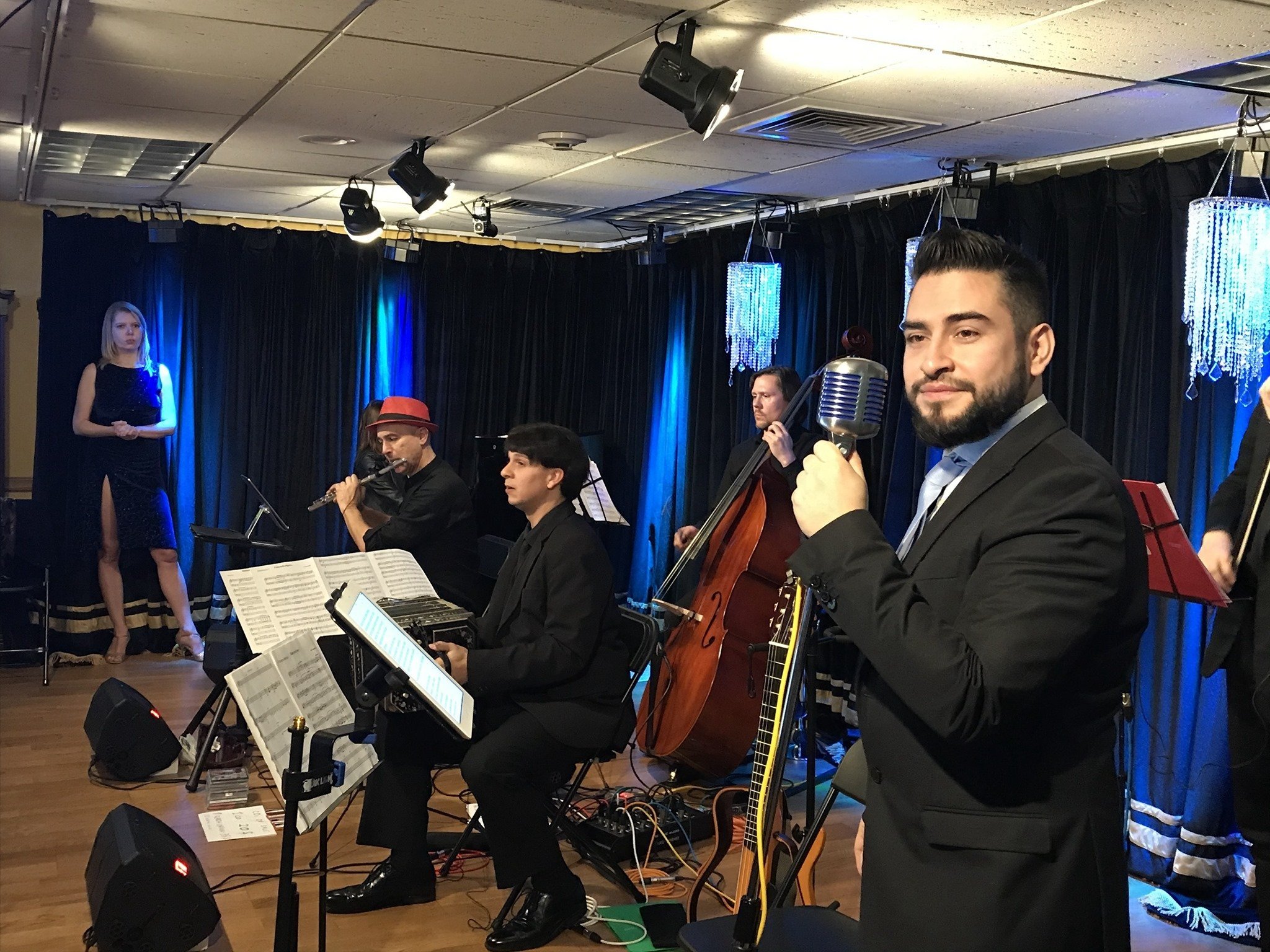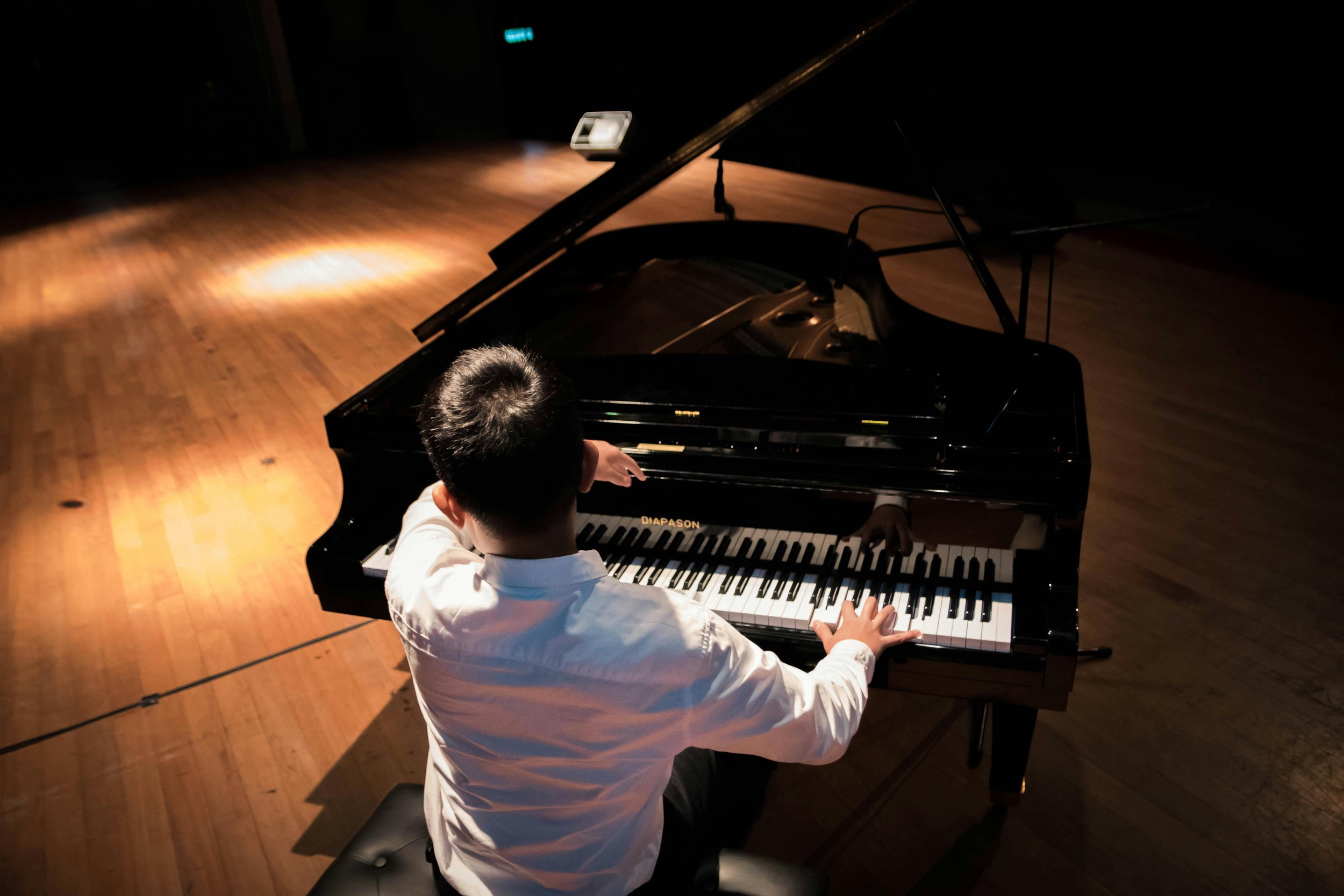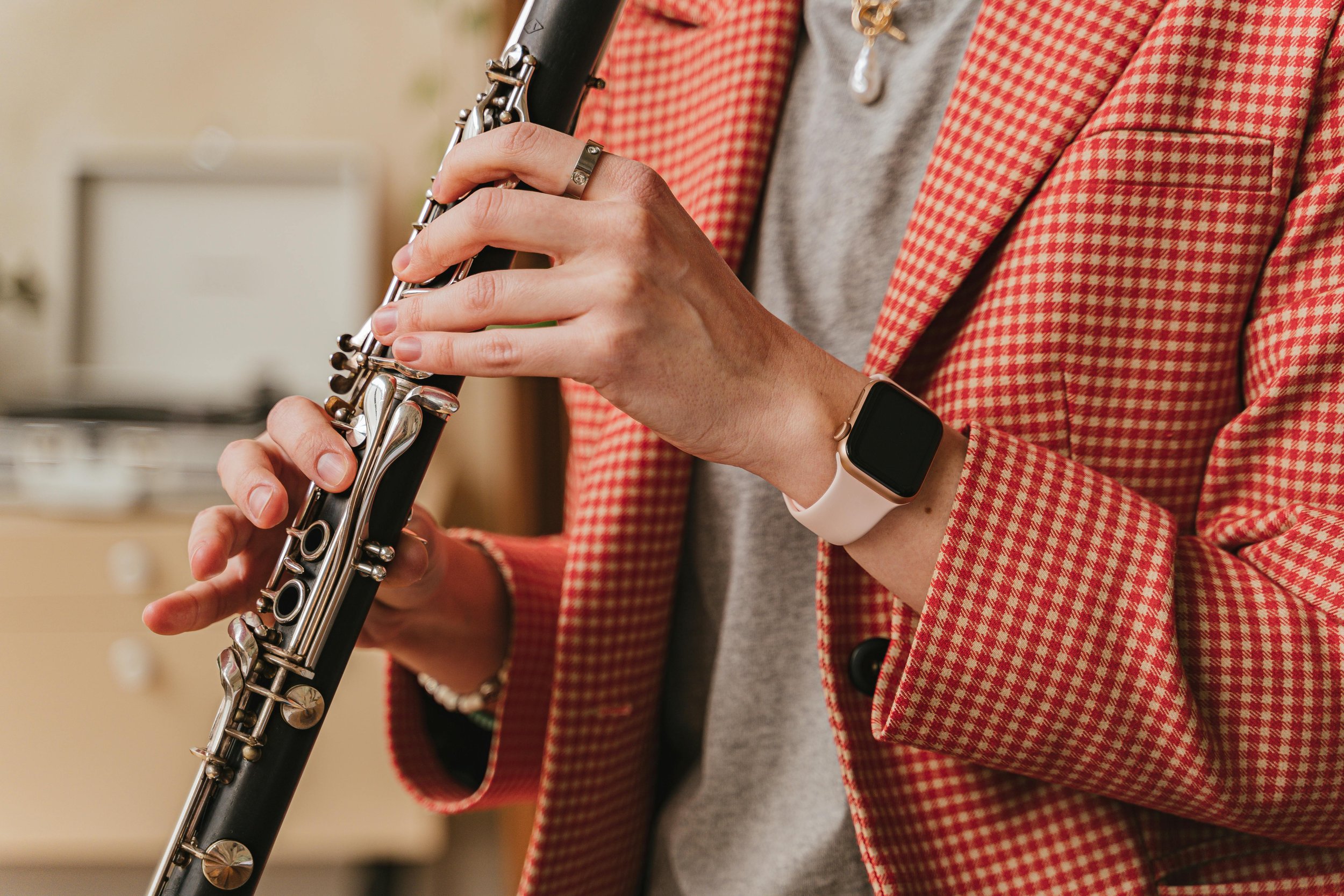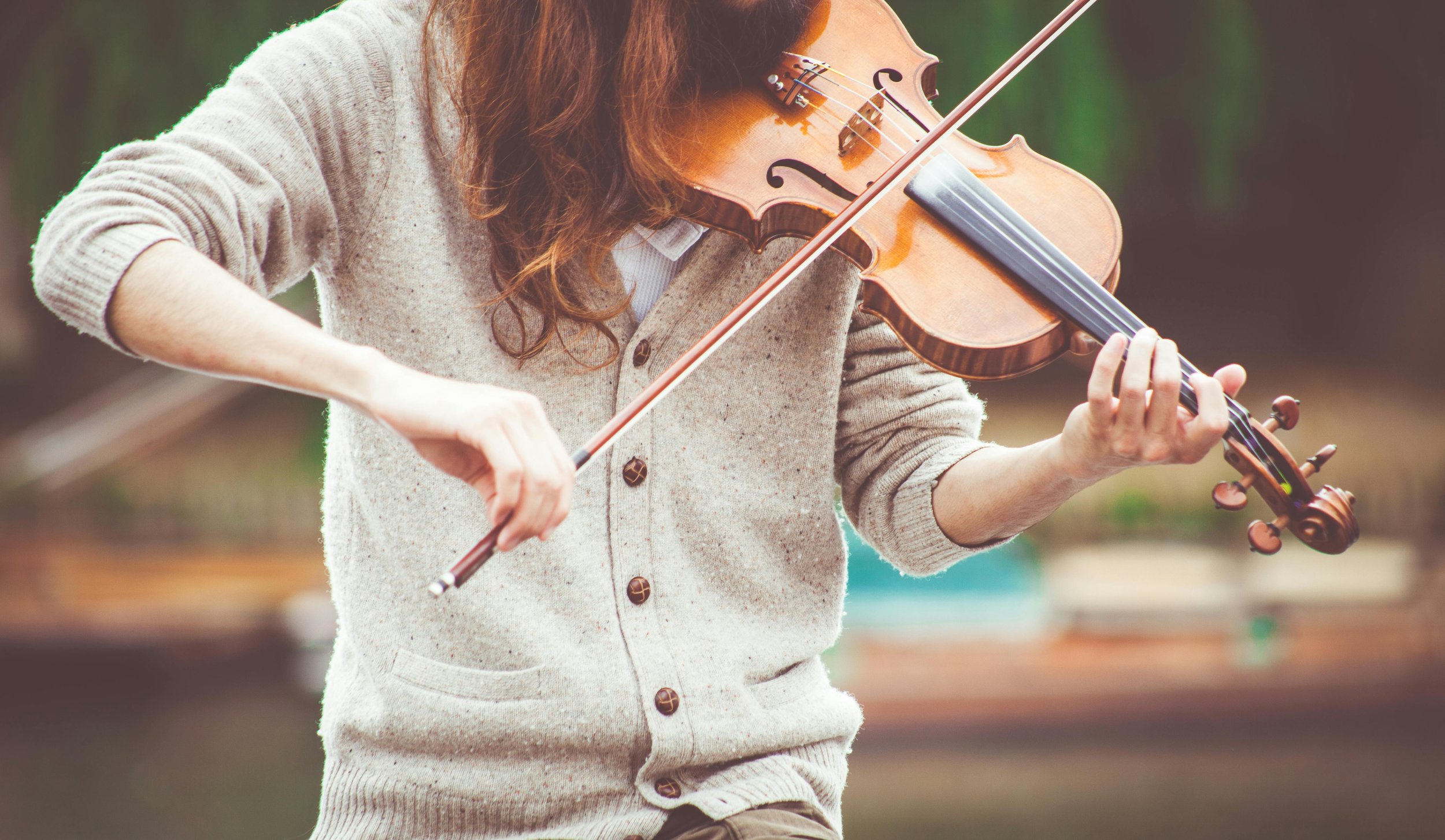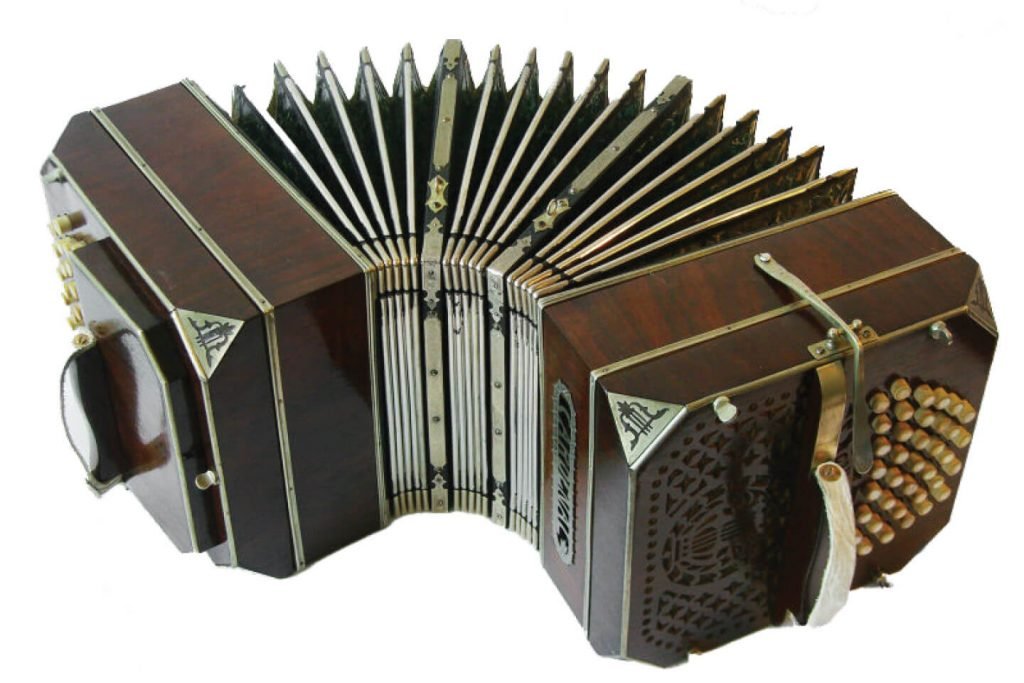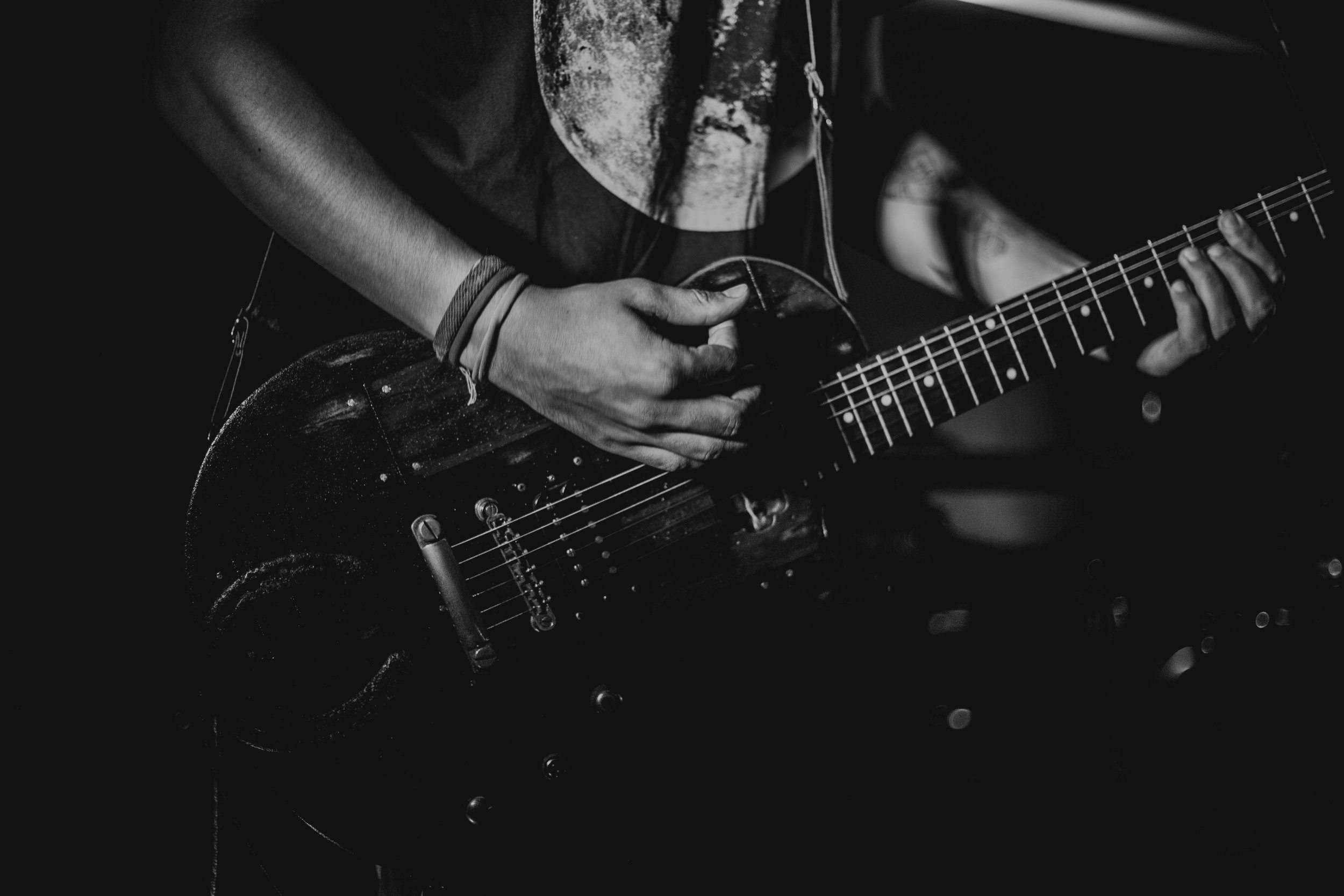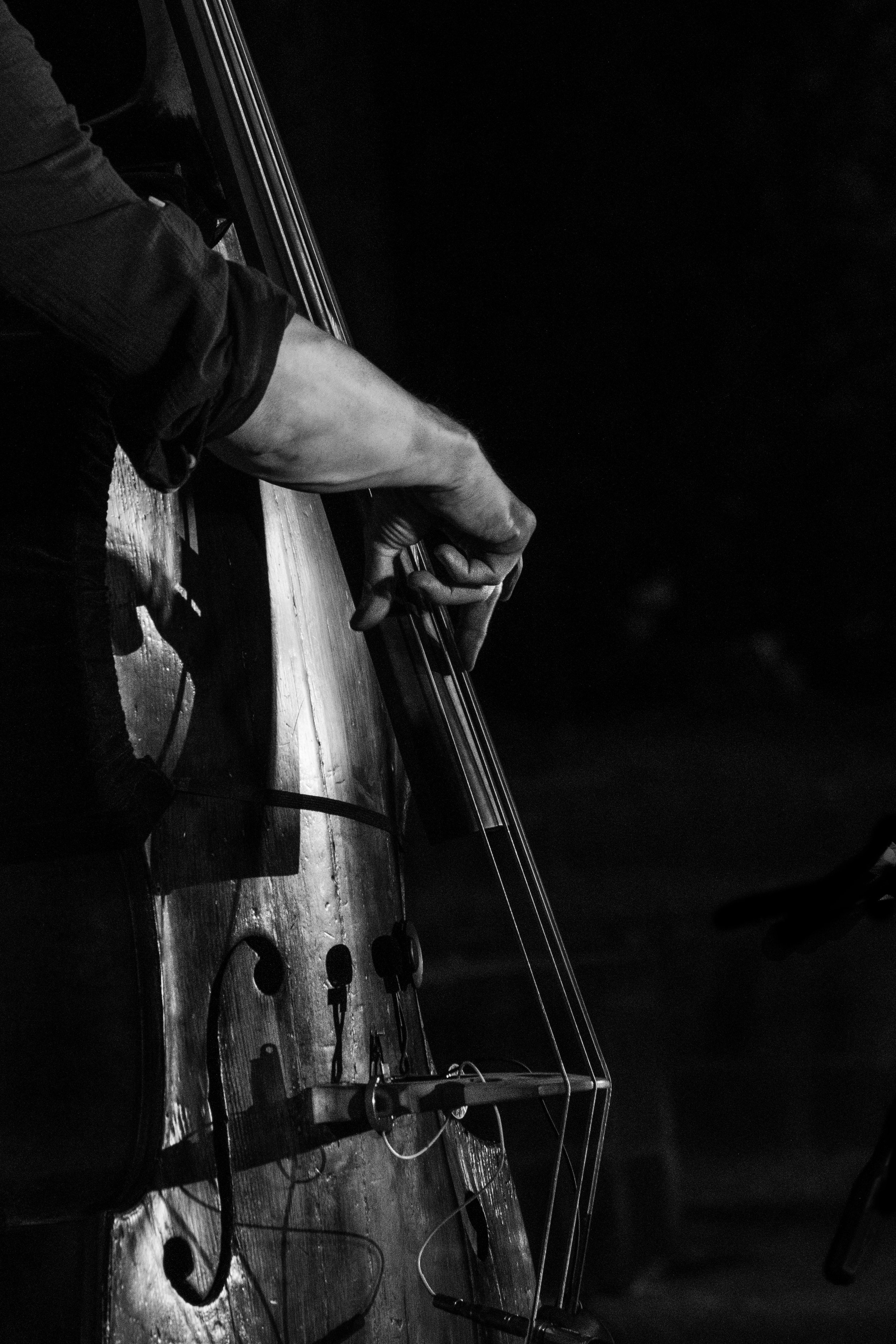The Influence of African, European, and Indigenous Cultures on Argentine Tango
Originating in the working-class neighborhoods of Buenos Aires in the late 19th century, the Argentine tango has evolved over time, influenced by various cultural elements.
The dance reflects the rich tapestry of Argentine history and the intermingling of different cultures.
Let’s take a deep dive into the origins of Argentine tango and explore how African, European, and indigenous cultures have shaped its unique characteristics and profound symbolism.
Brief History of Argentine Tango
The history of Argentine tango is rooted in the melting pots of Buenos Aires and Montevideo, where diverse communities coexisted and interacted.
It emerged in the late 19th century as a fusion of various musical and dance styles. Initially considered scandalous and confined to the outskirts of society, tango gradually gained popularity and recognition in the early 20th century.
Golden Age
The dance and music reached new heights during the “Golden Age” of Argentine tango, from the 1930s to the 1950s.
The upsurge in popularity persevered through the tumultuous period of the Second World War. In “Guide to Tango Music: A Brief History of Argentine Tango,” MasterClass added:
It was during this era that major bandleaders from the United States began to take notice of tango and even incorporate tango songs into their own repertoires.
Schism
During the Golden Age, Argentine tango started to exhibit a divergence in style. Bandleaders such as Juan d’Arienzo and Rodolfo Biagi endeavored to maintain the traditional style pioneered by musicians.
Osvaldo Fresedo, an Argentinian maestro, led multiple ensembles that echoed conventional tango music, boasting the remarkable feat of a commercial career from 1925 to 1980 — perhaps the longest in tango history.
Meanwhile, leaders like Carlos di Sarli and Aníbal Troilo sought to steer tango towards a more experimental style, infusing new elements and directions into the genre.
Tango Nuevo
Astor Piazzolla — an emblematic figure in the evolution of tango — is perhaps the most internationally recognized.
His pioneering role in developing tango nuevo or “new tango” is what most global audiences associate with Argentine tango, exemplified in compositions such as “Adiós nonino.”
Piazzolla’s work resonated strongly with jazz musicians in New York, further cementing the presence of tango in American culture.
Characteristics of Argentine Tango
Many tango artists have ascended to fame, with notable figures such as Osvaldo Pugliese, Julio de Caro, Miguel Caló, and more. These musicians have made significant contributions to the genre. As a result, the Argentine tango has become an amalgamation of many influences.
Some core features of Argentine tango as a music style include a 2/4 or 4/4 time signature; an angular, staccato rhythmic emphasis; and Spanish-language lyrics.
The traditional tango instruments include double bass, guitar, bandoneon, violin, flute and clarinet, piano, and vocals.
Argentine tango as a dance is perhaps even more popular; it’s a partner dance featuring pauses, complicated footwork, and intricate patterns. As said by Move With Me Dance Studio:
Tango is characterized by a close hold, a low center of gravity and an emphasis on Contra Body movement.
Movement is stealthy, almost cat-like and has an unmistakable staccato feel and major dramatic attitude.
The Leader’s right arm is further around and lower on the Follower’s back than in the other Smooth dances. The Leader’s left arm is bent at 90 degree angle with left hand held closed in toward the Leader’s body and face. The follower’s left hand is placed behind and below the Leader’s upper right arm.
All of these characteristics form a dance as culturally rich and varied as its music.
The African Roots of Argentine Tango
We can trace back the African influence on Argentine tango to the 19th century when African slaves brought their cultural heritage to the shores of Argentina.
Numerous influences from African culture — primarily in the form of rhythms and instruments — significantly contributed to the formation of the tango.
Parker Diakite said in “Tango Negro: The African Roots Of Argentina’s Sultry Tango Dance” that
historians say the Black minority played a significant role in tango’s development during the 19th and 20th centuries.
For critics, it’s a paradox because there are no drums in Tango, an instrument important to African dancing. But Thompson says “don’t be fooled,”
as Black musicians implemented percussive tactics in the way the strings and bandoneons are played, and special effects like “arrastres,” that pump up dancers.
Tango’s rhythmic pattern — its unmistakable pulsation — resonates with the influence of African drums, even though the instrument itself isn’t physically present. Furthermore, the dances from the candombe ceremonies, a cultural practice by former African slaves, also added to the familiarity of rhythm and movement in tango.
African dance styles are known for their intricate footwork and expressive body movements, which are features that have been seamlessly integrated into the Argentine tango.
The dance’s stealthy, cat-like movements and dramatic attitude are reminiscent of African dance traditions, demonstrating yet another facet of the dance’s African roots.
Moreover, the community aspect of African culture — where dance is not just a form of entertainment but a communal activity — can be seen in Argentina’s milongas. In these ways, the African roots of Argentine tango manifest themselves, showcasing a rich cultural tapestry that continues to evolve and adapt over time.
The European Roots of Argentine Tango
In the late 19th century, Europe sent many immigrants to Buenos Aires. With the immigrants came various folk dances. The fusion of these European influences with the tango created a unique musical style characterized by its dramatic melodic expression and complex harmonies.
Minuet
One of the key European influences on tango is the minuet, a ballroom dance of French origin that was popular in the 17th and 18th centuries.
The minuet is typically performed in triple time, characterized by its elegance, grace, and courtly manner.
Dancers perform the minuet with small, delicate steps and precise, measured movements, usually maintaining an upright posture.
We can see the minuet’s influence in the precision and refinement that characterizes the Argentine tango, showcasing the dance’s European lineage.
Flamenco
Another significant European influence on the Argentine tango is the flamenco dance of Spain.
It’s a rhythmic spectacle that combines passionate songs, intense dance, and intricate guitar playing.
The dancer often uses percussive footwork, sharp turns, and body movements charged with emotion to convey the depth and intensity of flamenco’s traditional themes of love, loss, and celebration.
The influence of flamenco on Argentine tango is particularly evident in the latter’s emotional depth and rhythmic complexity.
The intricate footwork and challenging rhythmic patterns in tango often echo flamenco’s percussive movement and rhythm.
Furthermore, the passionate and intense delivery of movements in Argentine tango dancers reflects the expressive quality of flamenco, making it a dance of physical precision and profound emotional connection.
Polka
The polka is a lively, fast-paced dance that originated in the mid-19th century in Bohemia.
It has a distinctive 2/4 time signature, a bouncy rhythm, and a step pattern that includes a series of quick, small steps and a hop.
The dance is usually performed by couples who whirl around the dance floor, creating a festive, high-energy atmosphere.
We can see the influence of the polka on the Argentine tango in the dynamic movements and energetic pace present in the tango.
The polka’s quick steps and sudden turns may have been integrated into the Argentine tango, contributing to its complexity and vivacity.
The spirit of joy and celebration that’s inherent in polka could also have lent a certain light-hearted quality to the otherwise intense and passionate Argentine tango.
Mazurka
The mazurka is a traditional Polish dance characterized by its lively tempo, triple meter, and a strong accent on the second or third beat.
This dance form is popular for its unique combination of vigorous steps with a somewhat melancholic undertone, mirroring the Polish spirit of joy intermingled with sorrow.
The influence of the mazurka on the Argentine tango is present in the tango’s rhythmic structure and emotive quality.
Using the triple meter from the mazurka introduces a syncopated rhythm, providing an additional layer of complexity to the tango’s dance pattern. Moreover, mazurka’s blending of vivacity with a tinge of melancholy might have contributed to the tango’s emotional richness, adding a shade of poignant depth to its passionate intensity.
Contradanza
Contradanza is a popular dance form that originated in England in the 17th century before spreading to France, Spain, and even the colonies of the New World.
Characterized by its elegant, precise steps and dignified air, contradanza typically follows a 3/4 or 3/8 time signature, with dancers forming two parallel lines and engaging in intricate, interweaving movements.
The impact of contradanza on the Argentine tango is evident in the tango’s structured patterns and precision steps.
Contradanza’s orderliness and emphasis on partnering may have infused a certain discipline and attentiveness to the partner’s movements into the tango. Additionally, the interweaving steps of the contradanza could have served as a foundation for the complex footwork seen in the tango, adding an element of elegance and sophistication to the passionate Argentinian dance form.
Indigenous Cultures and Argentine Tango
While the African and European influences on tango are well-documented, some overlook the impact of indigenous cultures on Argentine tango. As asked and answered by Puerto La Boca in “Why Is the Tango So Important to Argentina?”:
First, Argentinians are proud of their creation and love that their little dancing innovation has become a worldwide phenomenon. Another reason is what it represents about Argentina.
The tango began as a way for slaves to express themselves, and later it became common at large house parties.
Now, you can see the best tango dancers in the world perform in Buenos Aires. This represents the incredible diversity the nation has to offer, with people from different countries and social classes collaborating to create something joyous and fun.
The indigenous influences on the Argentine tango are less apparent than the African and European influences. However, they are present in the dance’s intrinsic connection to the land and its people. Indigenous cultures across Latin America have a rich tradition of using dance as a form of storytelling and spiritual expression.
This influence is present in tango’s ability to convey a narrative of love, despair, and longing through movement.
Furthermore, another essential Argentinian cultural element is the gaucho, which Our Whole Village in “From Gauchos to Tango: Fascinating Facets of Argentina Culture” defined as:
Traditionally, they were mestizo (men of mixed European and indigenous descent). These horsemen lived nomadically tending cattle in the central grasslands.
Since colonization caused many indigenous groups to flee the area, gauchos became a strong symbol of Argentine identity.
Some records also say that the gauchos danced the tango, demonstrating the close connection between the two cultural elements.
Gauchos also became the subject of some tango music, with iconic figures immortalizing them through song.
The gauchos were male figures living on the outskirts of traditional Argentine society. This fact also highlights another important point — tango is a partner dance traditionally involving two people of opposite sexes, with the man exuding power and the woman often in a subservient role.
The character of gauchos is present in the role of leaders, showing the machismo deeply embedded in Argentine culture.
Argentine Tango: A Metaphor for Culture
Argentine tango is a living testament to the fusion of diverse cultures and their profound influence on art forms.
The dance’s evolution — from its humble origins in the working-class neighborhoods of Buenos Aires to its global recognition — speaks volumes about its adaptability and resilience.
The African, European, and indigenous roots of tango have intertwined to create a passionate, emotional, and highly expressive dance that continues to captivate and inspire people worldwide.
Argentine tango is a metaphor for cultural exchange’s rich and complex nature, reminding us of the beauty that emerges when different cultures come together.
As tango enthusiasts embrace this captivating art form, its legacy will continue to flourish, celebrating the vibrant tapestry of Argentine history and the global human experience!



